Northeastern releases WHS sports study report
Pictured is the WHS outdoor track. Northeastern University’s Center for the Study of Sport in Society released a study on the WHS sports culture. The track facilities were cited as being safety concerns in the study.
Northeastern University’s Center for the Study of Sport in Society conducted a study on the sports culture at Wayland High School. The organization conducted online surveys and focus groups with students of the high school, coaches and other community members to identify areas of strength and weakness. The now-released report also includes recommendations for improvement.
According to the report, which was conducted in the fall of 2015, the survey examined the perceptions of positive psychosocial development, physical and psychological safety, physical wellness, motivational climate, coaching effectiveness, positive experiences and negative experiences. Of the 840 students at the high school, 812 students responded. A total of 770 student responses were deemed usable.
Data was also collected from 13 focus group discussions involving 66 high school students, 19 high school staff members and 38 parents. Researchers asked participants to respond to questions from an interview guide, which they developed using results from the survey and information from literature regarding youth development and athletics. A scribe then recorded the responses.
Participants in both the open-ended survey and the group discussions claimed that the football program and the boys’ soccer program were receiving more support within the athletic program. Crew, track and cross country, field hockey and softball, however, were consistently cited as programs that receive less support.
According to the report, the open-ended survey also revealed a perceived inequity between genders. Specific examples include: “the hiring of coaches for boys’ teams who also work in the high school, field use (e.g., turf), scheduling of night games, availability of the athletic trainer and access to the weight room.”
Similarly, responses suggested that many student-athletes experience athletics differently depending on what level of sport they are in, such as varsity level or the junior varsity level.
“While several coaches were described as fair and supportive of all student-athletes, others were described as openly favoring certain student-athletes,” the culture study reported. “In many cases, those individuals described as favorites were the more skilled student-athletes.”
In the discussions, parents, teachers and students who do not participate in WHS athletics recommended that more opportunities to participate in a sport or physical activity be available for less-skilled students or for students with different levels of commitment. Possible opportunities could be intramural sports, non-traditional sports or using the fitness room.
Participants also showed an interest in gaining more attention and support from administration and the school community for extracurricular activities that are not sports, including the theater ensemble or Window dance troupe.
The WHS athletic facilities and equipment was noted as a strength; however, some responses stated that the physical state of the softball and track facilities were safety concerns. Other concerns were also brought up regarding the unavailability of an athletic trainer and “unsafe coaching practices.”
In terms of development, participants stated that they had developed “leadership, effective communication and coping skills as a result of their participation in sports.” Outcomes that were not mentioned include: “independent thinking, problem solving, risk taking, critical thinking, reflection, taking initiative and autonomous decision making.”
In focus group discussions, “driven” and “high-achieving” were adjectives used to describe student-athletes at Wayland High School. Responses attributed the needed flexibility to the high academic demands of the high school.
The Center for the Study of Sport in Society suggested six recommendations. Firstly, they recommend creating a student-athlete advisory committee for athletics. The objective of this organization would be to give “feedback and insight into issues, rules, regulations and policies that affect the experiences of student-athletes.”
The second suggestion is to review the high school’s athletic policy and create a mission, purpose and statement with student-athletes in mind. They would then share this with all the coaches and allow them to reflect on their role in achieving this goal.
The Center also suggested making alternative athletic activities more widely available, as well as increasing access to the school’s fitness center. This includes intramural sports and non-traditional sport activities.
The fourth and fifth suggestions both involve improving the skills of coaches. It is recommended that we create standards for coaching practice and an evaluation system for coaches. The Center also suggested that we offer more professional development opportunities for coaches.
Lastly, the Center proposed that we revise existing athletic policies and procedures at the high school, including those regarding practice hours, athletic activities during school vacations, uniform tracking, field use, prioritization and the process for prioritizing equipment purchases.
For a more in-depth look at the study, the report can be found here.
Your donation will support the student journalists of Wayland High School. Your contribution will allow us to purchase equipment, cover our annual website hosting costs and sponsor admission and traveling costs for the annual JEA journalism convention.










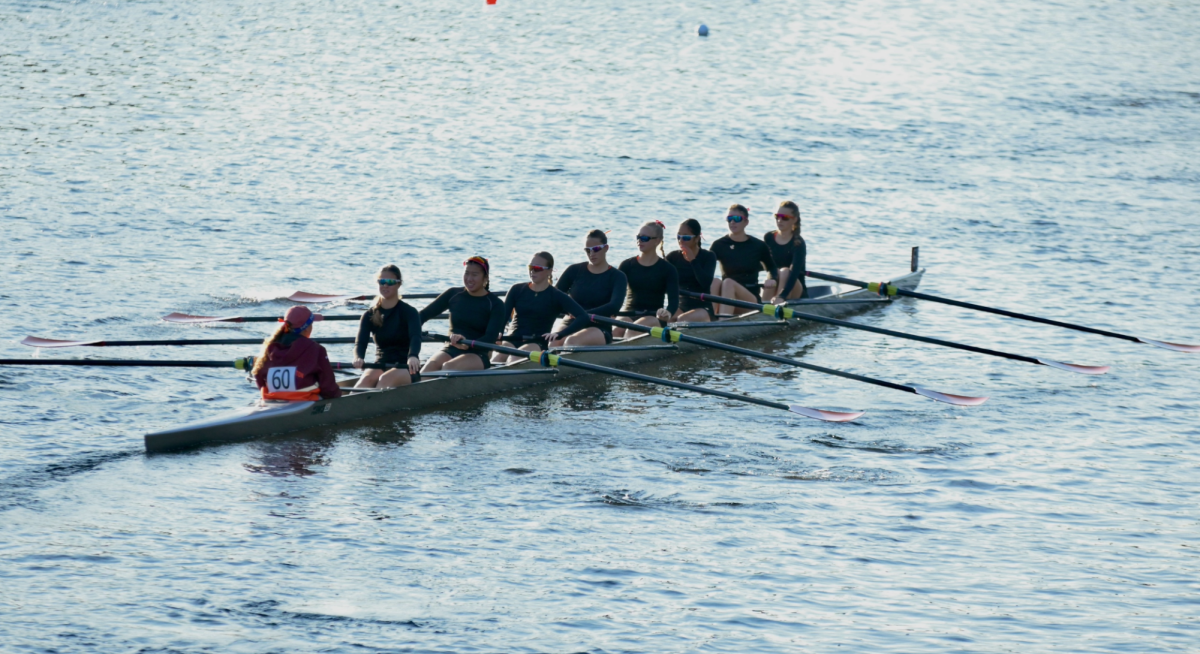
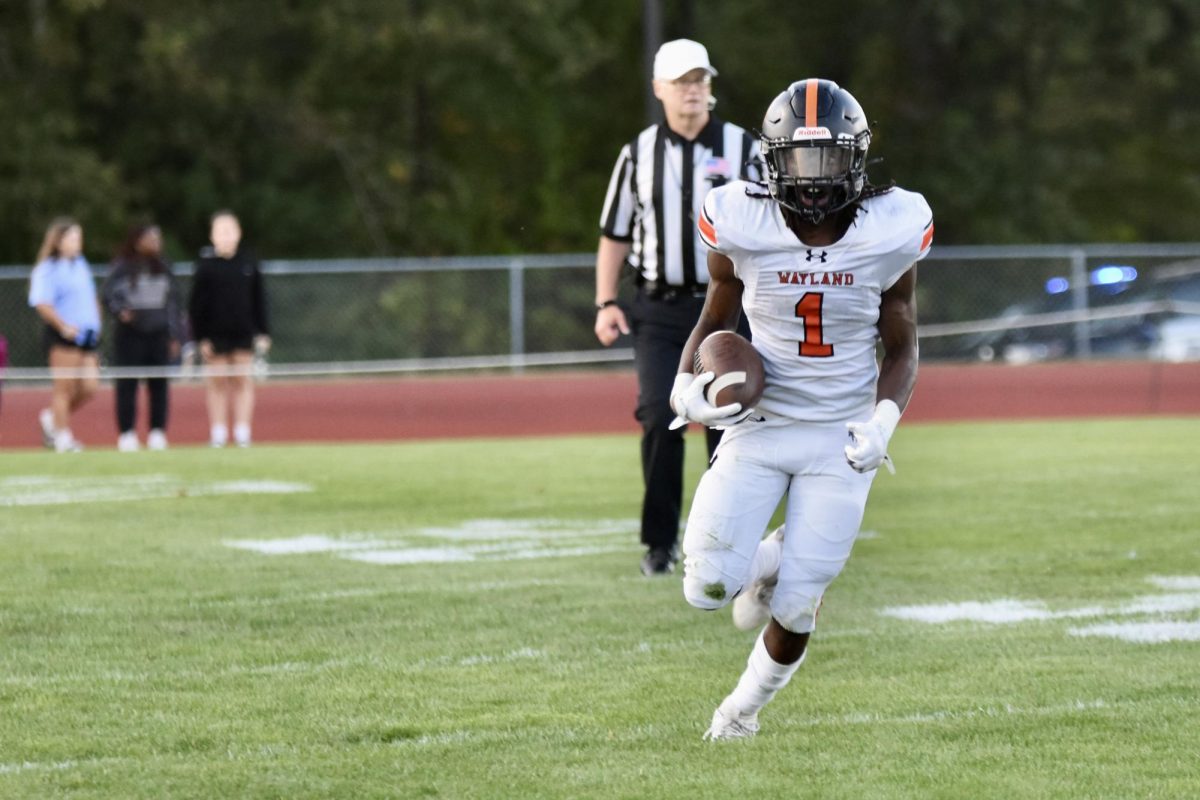
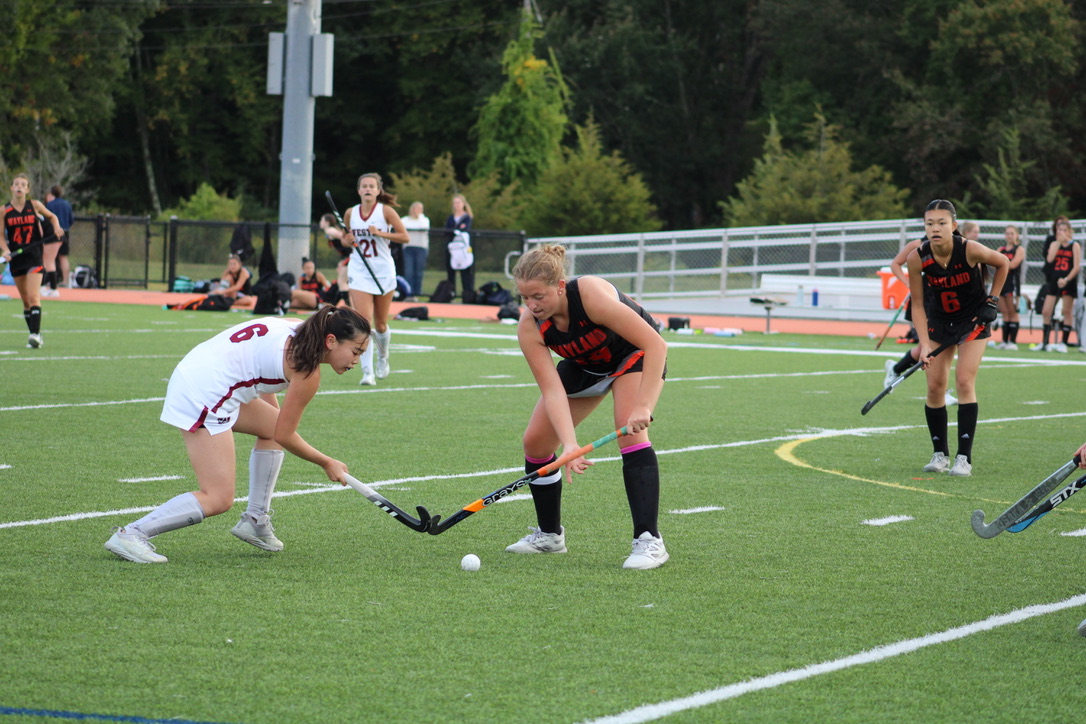
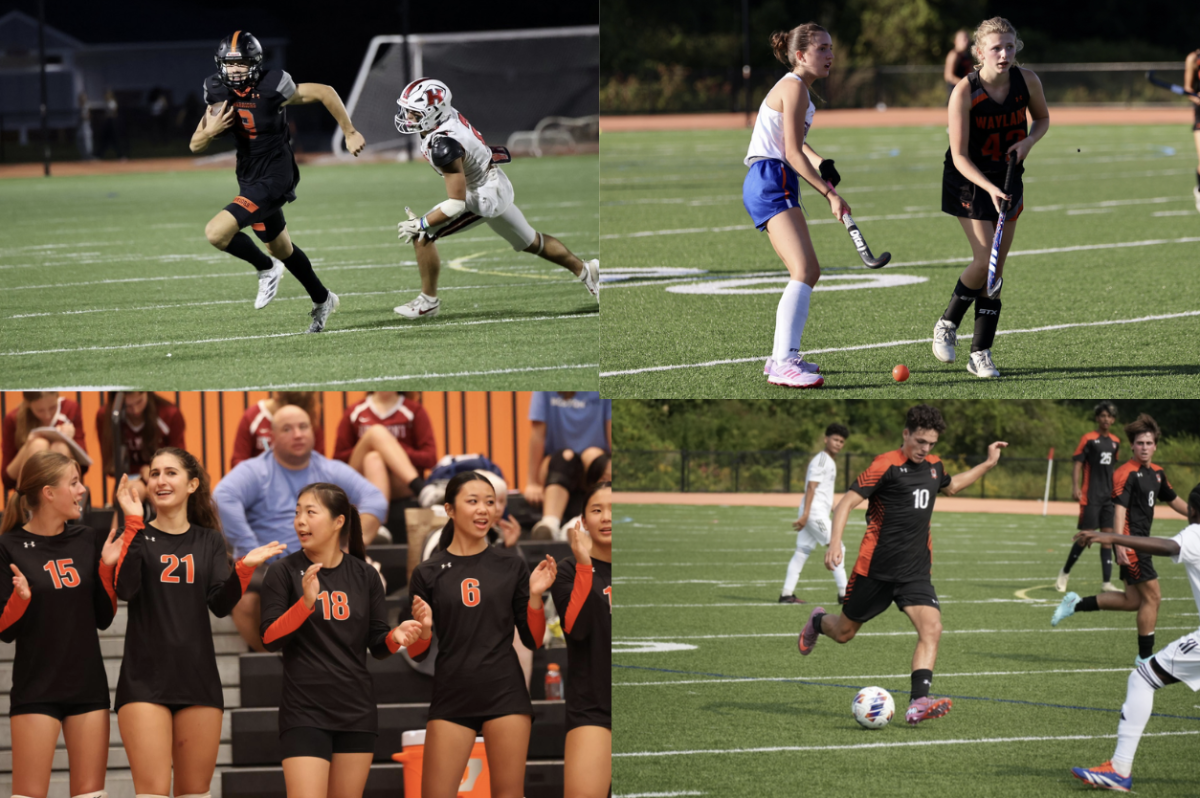











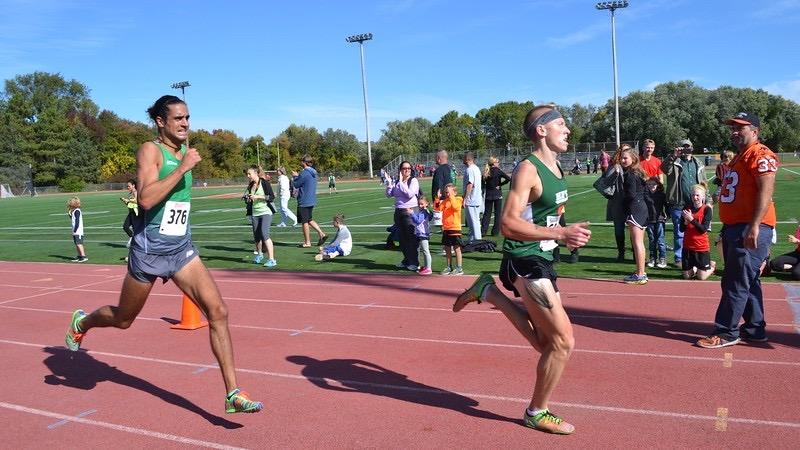
Peter Galalis • Mar 8, 2016 at 9:13 AM
To clarify: the track facility cited as a safety concern in the Northeastern study is the outdoor track. The indoor track, pictured with the article, is relatively new and in good condition, having been put down during the first field house renovation, c. 2009. The outdoor track, on the other hand, was put down some time around 1992, we think, and to the best of our knowledge, has not been touched since. A similar close-up photo of the outdoor track would surely feature some good-sized holes.
Thanks!
-Coach Galalis